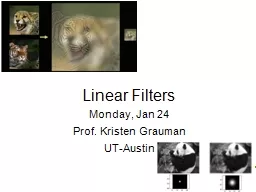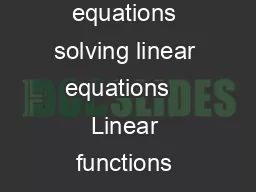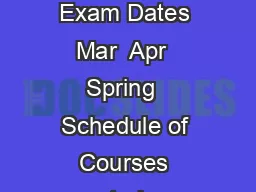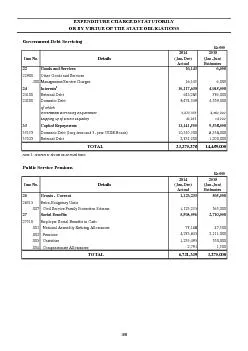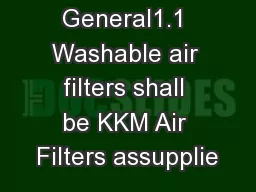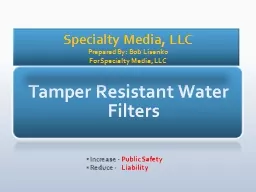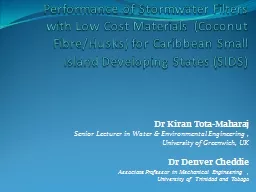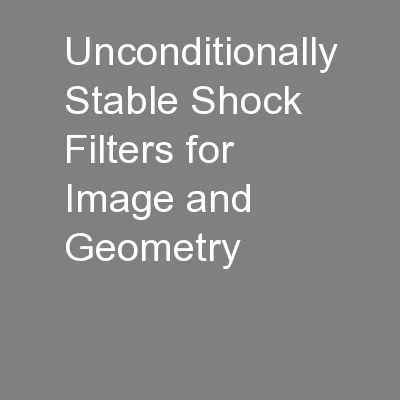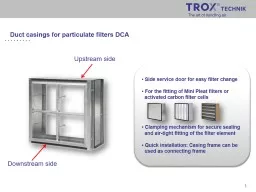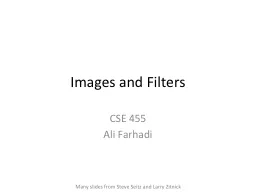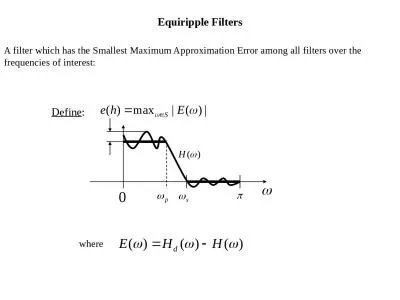PPT-Linear Filters Monday, Jan 24
Author : alexa-scheidler | Published Date : 2020-04-09
Prof Kristen Grauman UTAustin Announcements Office hours MonThurs 56 pm Mon Yong Jae PAI 533 TuesThurs Shalini PAI 533 Wed Me ACES 3446 cvspring2011csutexasedu
Presentation Embed Code
Download Presentation
Download Presentation The PPT/PDF document " Linear Filters Monday, Jan 24" is the property of its rightful owner. Permission is granted to download and print the materials on this website for personal, non-commercial use only, and to display it on your personal computer provided you do not modify the materials and that you retain all copyright notices contained in the materials. By downloading content from our website, you accept the terms of this agreement.
Linear Filters Monday, Jan 24: Transcript
Download Rules Of Document
" Linear Filters Monday, Jan 24"The content belongs to its owner. You may download and print it for personal use, without modification, and keep all copyright notices. By downloading, you agree to these terms.
Related Documents

